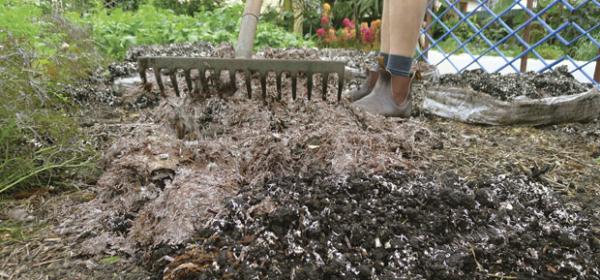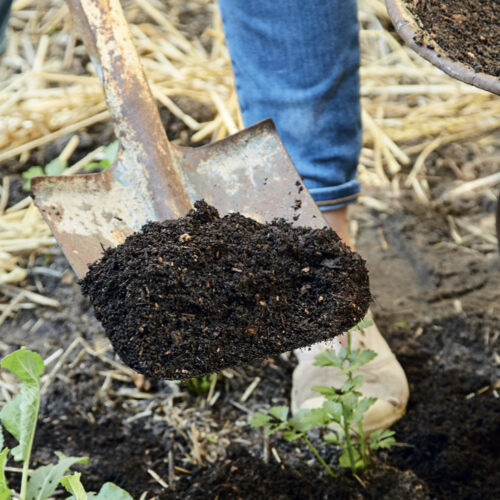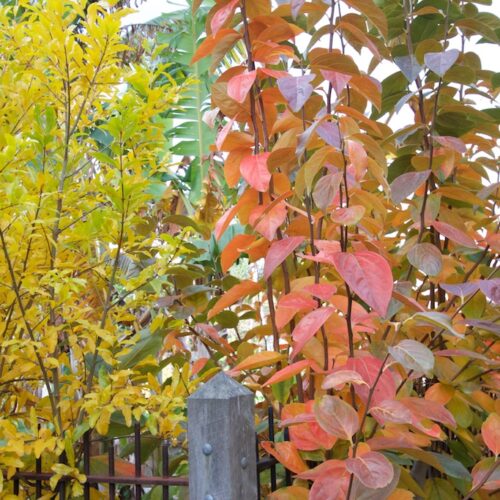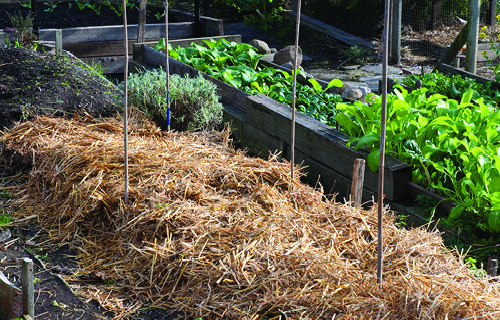Mushroom compost and pests
2013-03-29T06:27:52+11:00
NICK ROMANOWSKI and Jerry offer tips for making mushroom compost, and some of the pests and diseases that can affect these fungi.
Making mushroom compost
Mushroom compost for growing White Button and Portobello type mushrooms can be made at home. You need about one cubic metre or more of material to generate sufficient heat to pasteurise the mixture as the compost heap breaks down, ridding it of competing fungi.
You will need approximately five square bales of fresh wheat straw, 180 litres of fresh horse (or a bit less of poultry) manure, and 5kg of gypsum. Old straw and manure will almost certainly already be infested with wild fungi.
Wet the wheat straw thoroughly the day before use, allowing it to drain overnight. Create a layered heap starting with one bale of straw. Mix three or four handfuls of gypsum into 36 litres of manure, spreading this over the straw, and repeat until the heap is complete. Turn the heap weekly, ensuring outer, cooler parts are returned to the centre to ‘cook’.
If the mix seems greasy, sprinkle on a little more gypsum. Once the heap stops heating, use it immediately. The optimum temperature for growing White Button or Portobello type mushrooms is 13-15°C. Use mask when making.
Nick Romanowski
Mushroom pests and diseases
Mushroom and phorid fly
Mushroom flies (also known as fungus gnats) and phorid flies can be significant pests in commercial mushroom growing operations. Smaller home plantings will not necessarily attract flies if they are kept indoors and away from pot plants. In the worst case, any fly attack can be handled with organic biocontrols based on Bacillus thuringiensis (Bt), a great improvement on the various pesticides and insect growth regulators sometimes used to treat compost in commercial farms.
Bacterial blotch
Bacterial blotch disease (Pseudomonas spp.) spreads rapidly in wet, poorly ventilated conditions, especially during warm weather, with yellow-brown spots on the caps rapidly become chocolate-brown, slimy and noticeably smelly. Carefully remove infected parts using a sharp, clean knife and dispose of in the garbage, not in your compost. Wash your hands thoroughly after, and sterilise equipment by dipping in methylated spirits or a one per cent solution of household bleach.
Jerry Coleby-Williams






